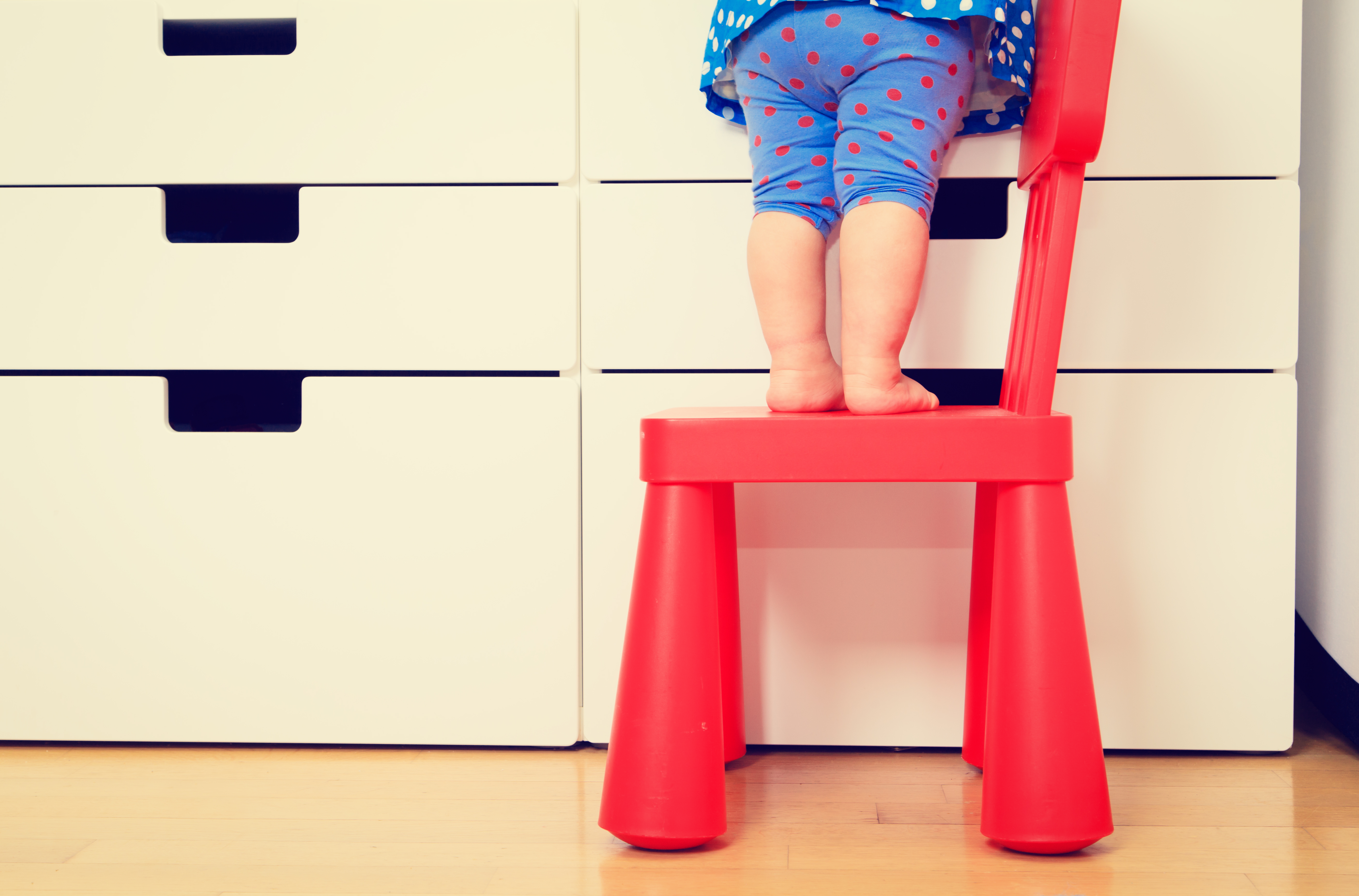
Pregnancy can be an all-encompassing state, and sometimes it takes all of your time and energy just to get through the day when you are breathing, eating, sleeping, and walking for two. Thinking about the future life of the tiny human in your belly is a lot to ask when you are busy making healthy choices for growing them in the present.
But while it may seem that your baby will be in your belly interminably, nine months will go by much sooner than you think. It’s important to start planning for the future in the quiet times before you bring your baby home, and preparing a nurturing and safe place for them to grow and discover themselves.
Decorating the Nursery
Creating a safe space for your new baby starts before they even make an appearance in the world. Starting around month five, you may feel an intense desire to clean, organize, and prep your home for baby: the nesting instinct. This is probably going to feel like a welcome change after the nausea and lethargy of the first trimester, but don’t let your newfound energy carry you away. It’s very important not to overexert yourself — remember, you’re going to need that energy later!
Avoid lifting furniture or other heavy objects, and if you must do some light lifting, make sure to start from your legs: bending your knees and not your back. Don’t put yourself in situations that might result in slips or falls, like standing on ladders or walking on hardwood floors and stairs in socks. Contrary to what you may have heard, household painting is likely safe for you and your baby as modern paints do not contain lead. However, be cautious not to overexpose yourself: wear protective clothing, take lots of breaks, and make sure the room is well-ventilated.
Thinking Ahead
In the first weeks after childbirth, it’s difficult to think about your little one beginning to move about — it seems as though they will never grow out of that snug swaddle. But sooner than you know it, they’ll be crawling. And rolling. And cruising, creeping, walking, pulling up — you name it. When you’re planning for and setting up your nursery, make sure to think ahead to this exploratory stage.
Remember the Murphy’s Law of Babies: anything they can touch and/or put into their mouths, they will. Is your changing table in the nursery? Place rash creams, wipes, diapers, and other paraphernalia into clear plastic containers with tight lids, so you can see their contents easily while still keeping them out of the hands of your baby. Cover electrical outlets with plastic covers, secure electrical cords to baseboards with a staple gun, and think about keeping a standing laundry basket in the closet or the hallway where it can’t be tipped over by a pushy baby.
Think Outside the Box
Some safety tips are obvious — don’t leave your baby in the bathtub by themselves, for example. But others often go overlooked. Did you know that it’s a good idea to install a lid lock on your toilet? Babies are a curious bunch, and even a few inches of standing water can be dangerous.
Take some time to look around your house from the eyes of a mother, instead of simply as an adult. That mid-century coffee table may be trendy, but its corners are right at the level of a walking baby’s eye. Cover sharp corners of furniture with rubber pads, at least until your baby grows tall enough to be out of danger. Window blind cords and curtains can be strangulation hazards — for safety’s sake, opt for shades and valances instead, at least in the nursery.
And while it may be tempting to cozy up your baby’s crib with stuffed animals and loveys, safe sleeping practices dictate that a crib be empty of bumper, pillows, and fluffy toys, as they can present a suffocation hazard.
Watch What You Eat
If you are a breastfeeding mom, remember that whatever you eat, your baby is eating too. Food allergies can develop in children as early as birth, and they can react adversely to allergens before they even start eating solid food. If you notice skin reactions in your baby such as hives or itching, or intestinal symptoms such as coughing, vomiting, diarrhea or bloody stool, it may be because of that shrimp cocktail you had at dinner or your glass of milk before bed. The most common allergens for babies are shellfish, dairy, and peanuts. Always talk to your doctor if you notice adverse reactions to food in your baby — your doctor will most likely suggest a slow introduction of foods to your baby’s diet to isolate the allergen.
As well prepared as you are, there are always more things to learn about baby safety, and situations will arise that you can’t anticipate. Keep a note in a handy place for yourself, friends, family, babysitters, etc. that has your doctor’s contact info, the number for poison control, and any other emergency contacts written on it, and make sure to use reliable sources if you are looking for info on the internet.

